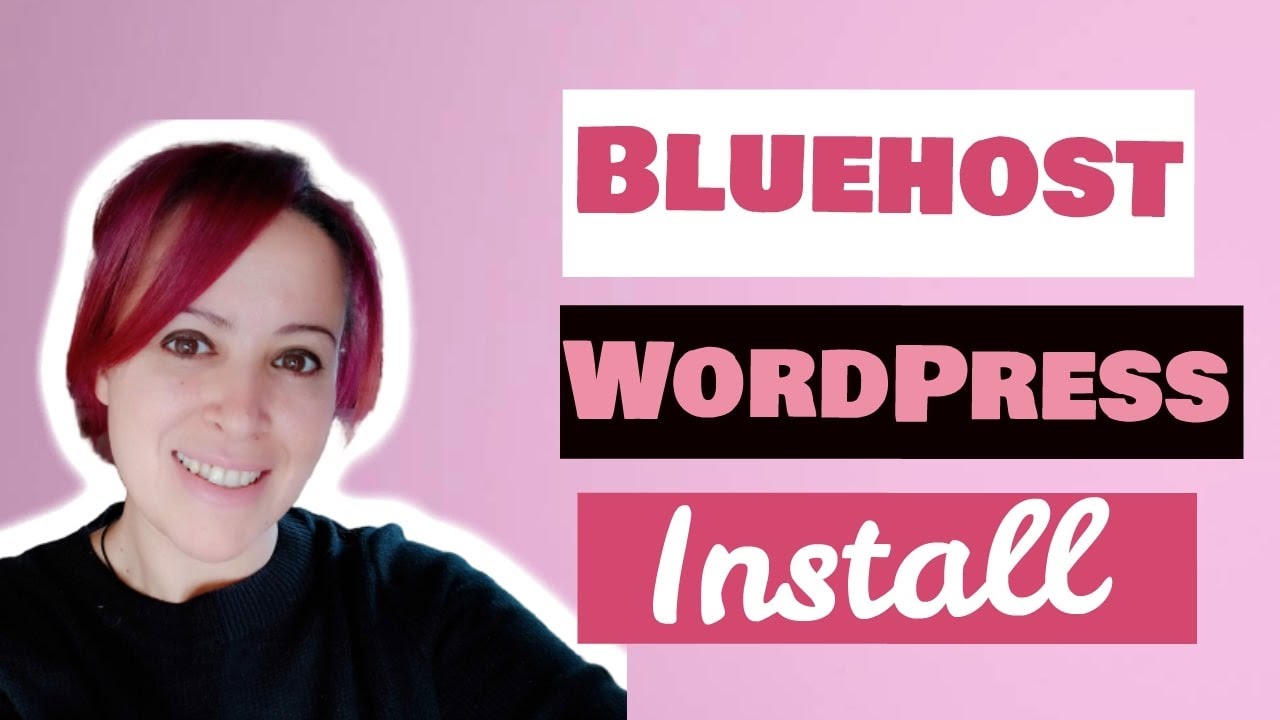
Are you ready to launch your website with Bluehost and WordPress? Great choice! Bluehost is a popular web hosting provider known for its user-friendly interface and excellent customer support. WordPress, on the other hand, is the most widely used content management system, powering millions of websites worldwide.
In this step-by-step tutorial, I’ll guide you through the process of installing WordPress on Bluehost. By the end of this tutorial, you’ll have a fully functional WordPress website up and running. Let’s dive in!
### Step 1: Sign up for Bluehost
The first step is to sign up for a hosting account with Bluehost. Visit the Bluehost website and choose a hosting plan that suits your needs. Once you’ve selected a plan, you’ll need to register a domain name for your website. Bluehost offers a free domain name for the first year with all hosting plans.
### Step 2: Install WordPress
After signing up for a hosting account, log in to your Bluehost account. In the cPanel (control panel), locate the “Website” section and click on “Install WordPress.” Follow the on-screen instructions to complete the installation process. You’ll need to create a username and password for your WordPress admin account.
### Step 3: Customize Your Website
Once WordPress is installed, you can log in to the WordPress admin dashboard by visiting your domain name followed by “/wp-admin” (e.g., yourwebsite.com/wp-admin). Here, you can customize your website by choosing a theme, adding plugins, creating pages, and writing blog posts.
### Step 4: Choose a Theme
WordPress offers a wide range of free and premium themes to customize the look and feel of your website. You can browse through the WordPress Theme Directory or purchase a premium theme from third-party providers. Install and activate the theme that best suits your website’s style and branding.
### Step 5: Install Essential Plugins
Plugins add functionality to your WordPress website. Some essential plugins to consider installing include Yoast SEO for search engine optimization, WP Super Cache for caching, and UpdraftPlus for backups. You can search for and install plugins directly from the WordPress admin dashboard.
### Step 6: Create Pages and Posts
Start by creating essential pages such as Home, About, Contact, and Blog. Pages are static content that are typically included in the main navigation menu. Write blog posts to engage your audience and share valuable content. You can create new pages and posts from the WordPress admin


